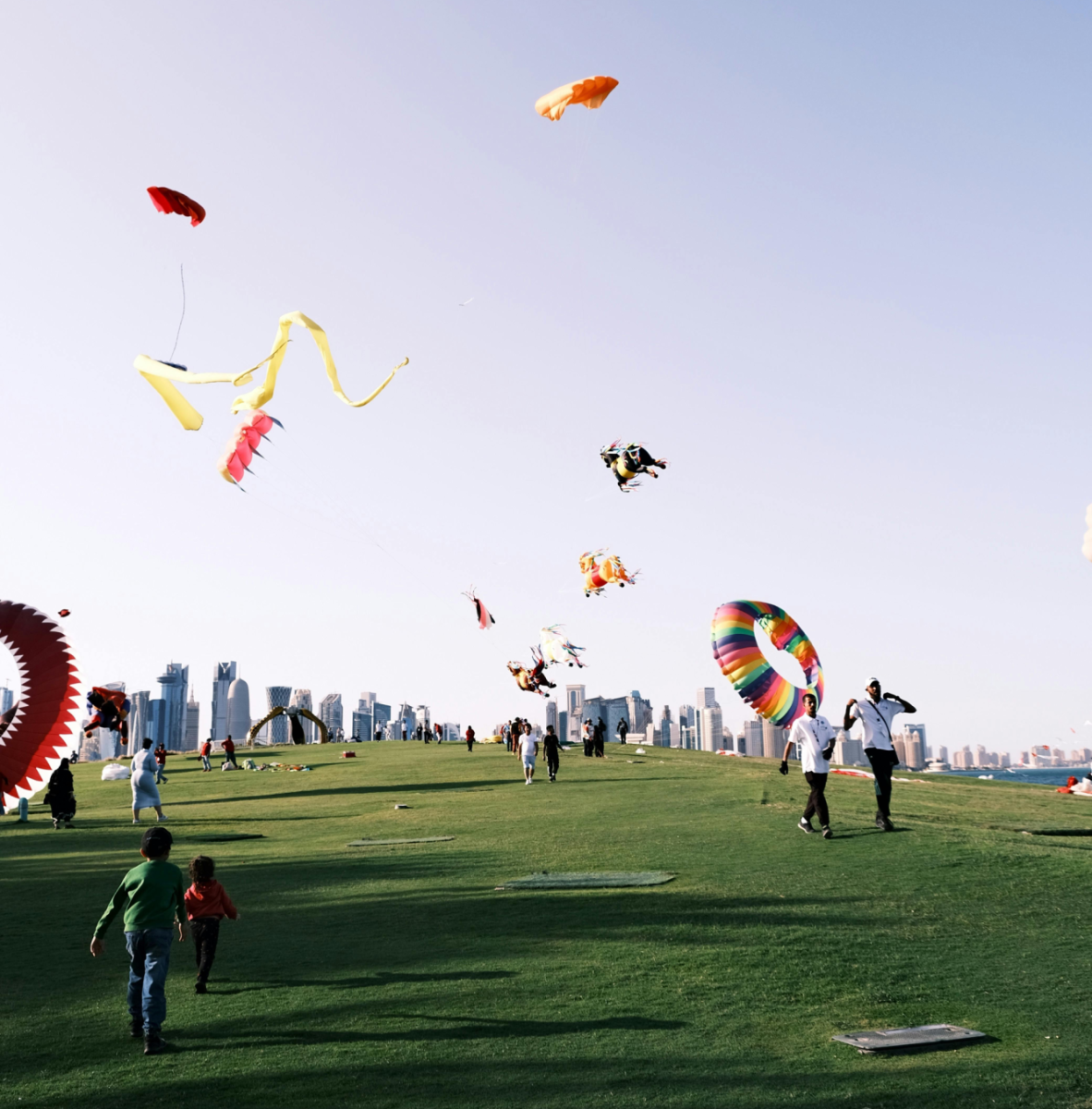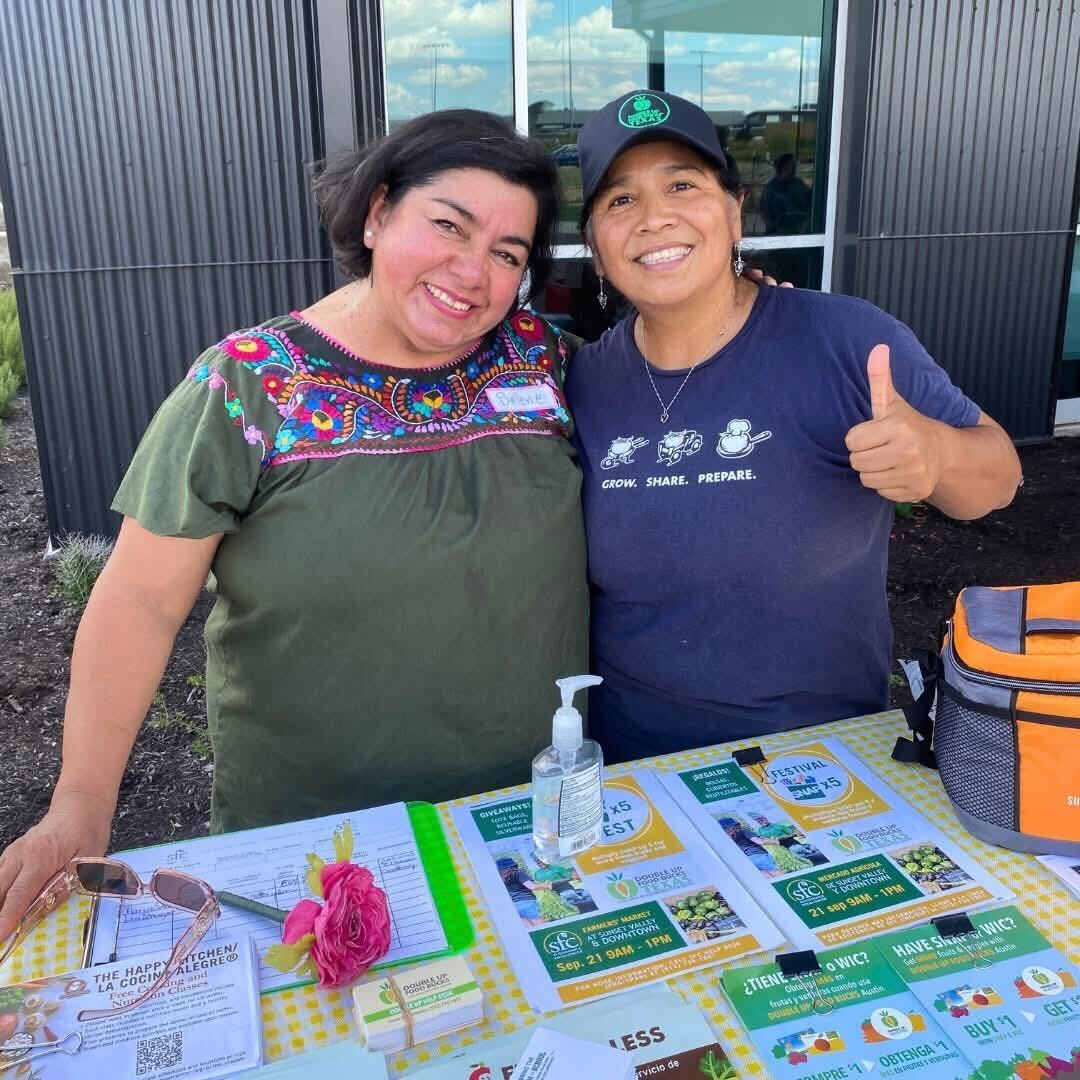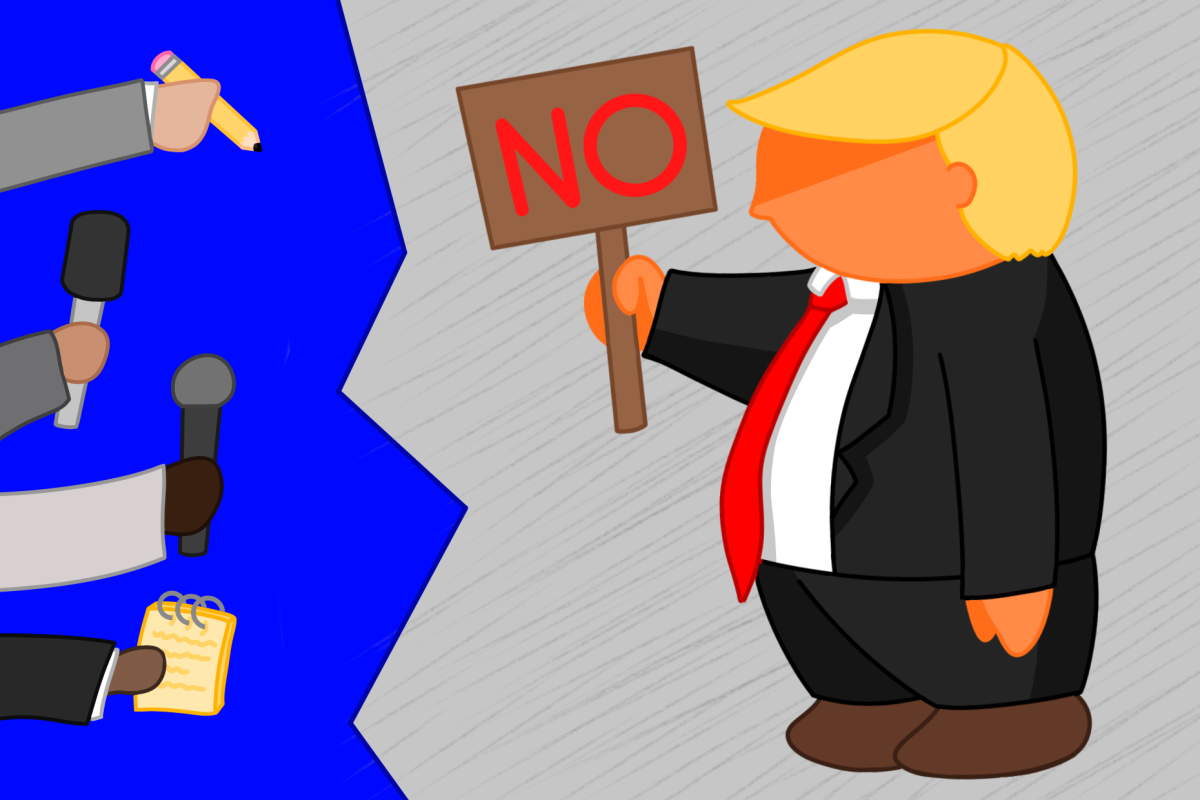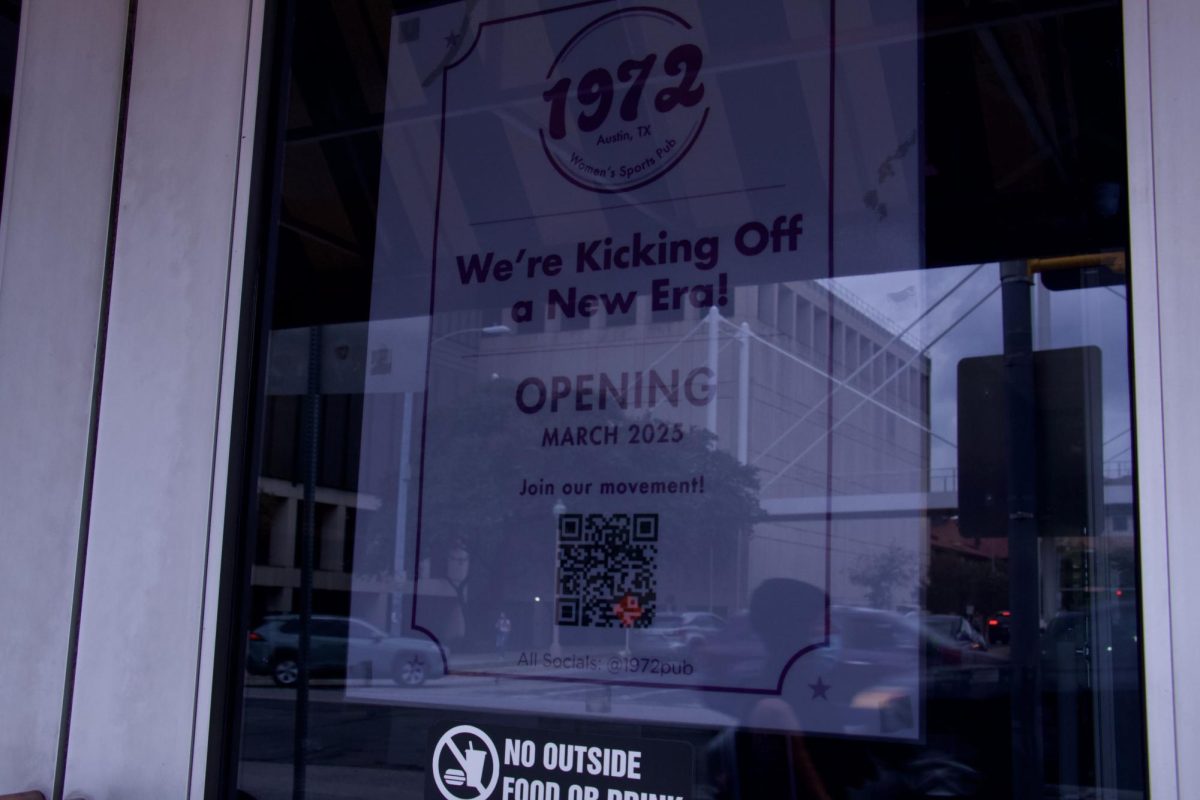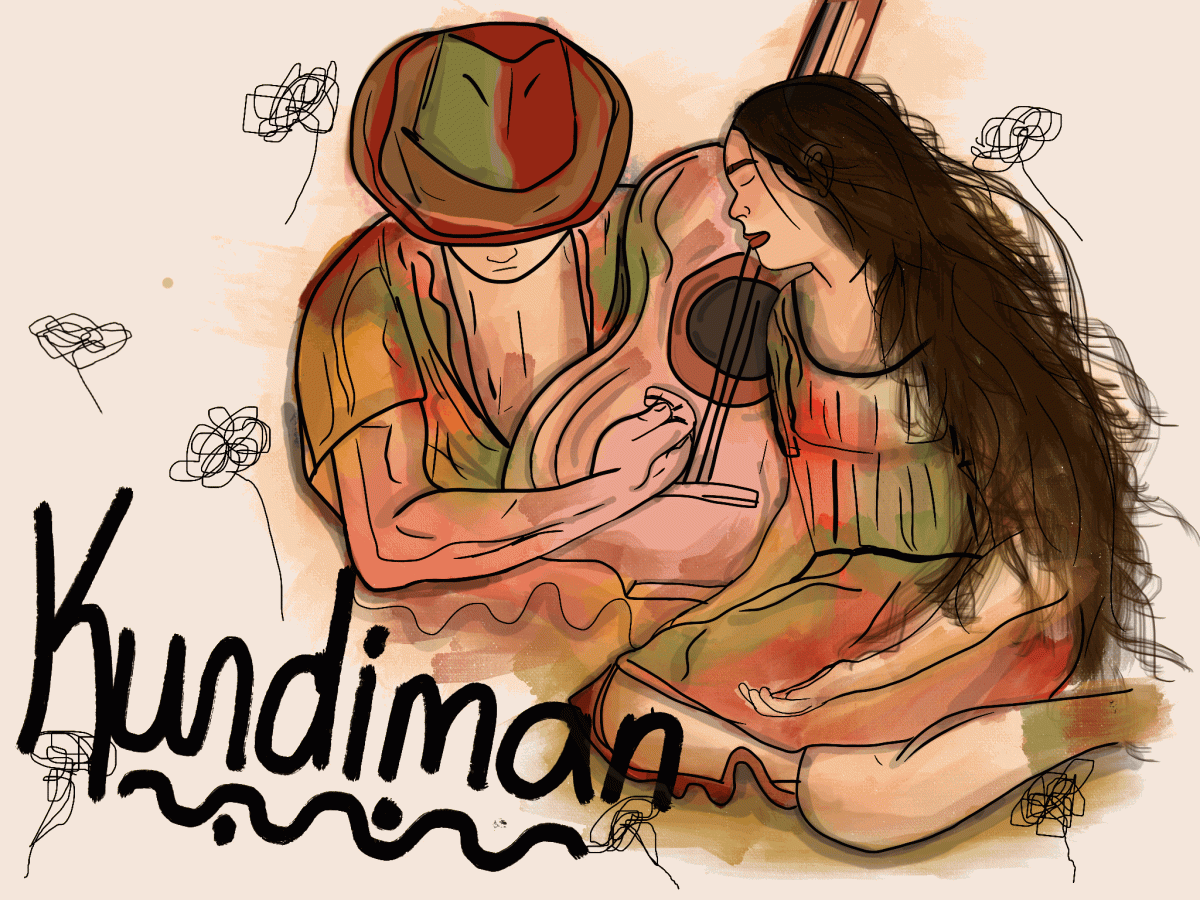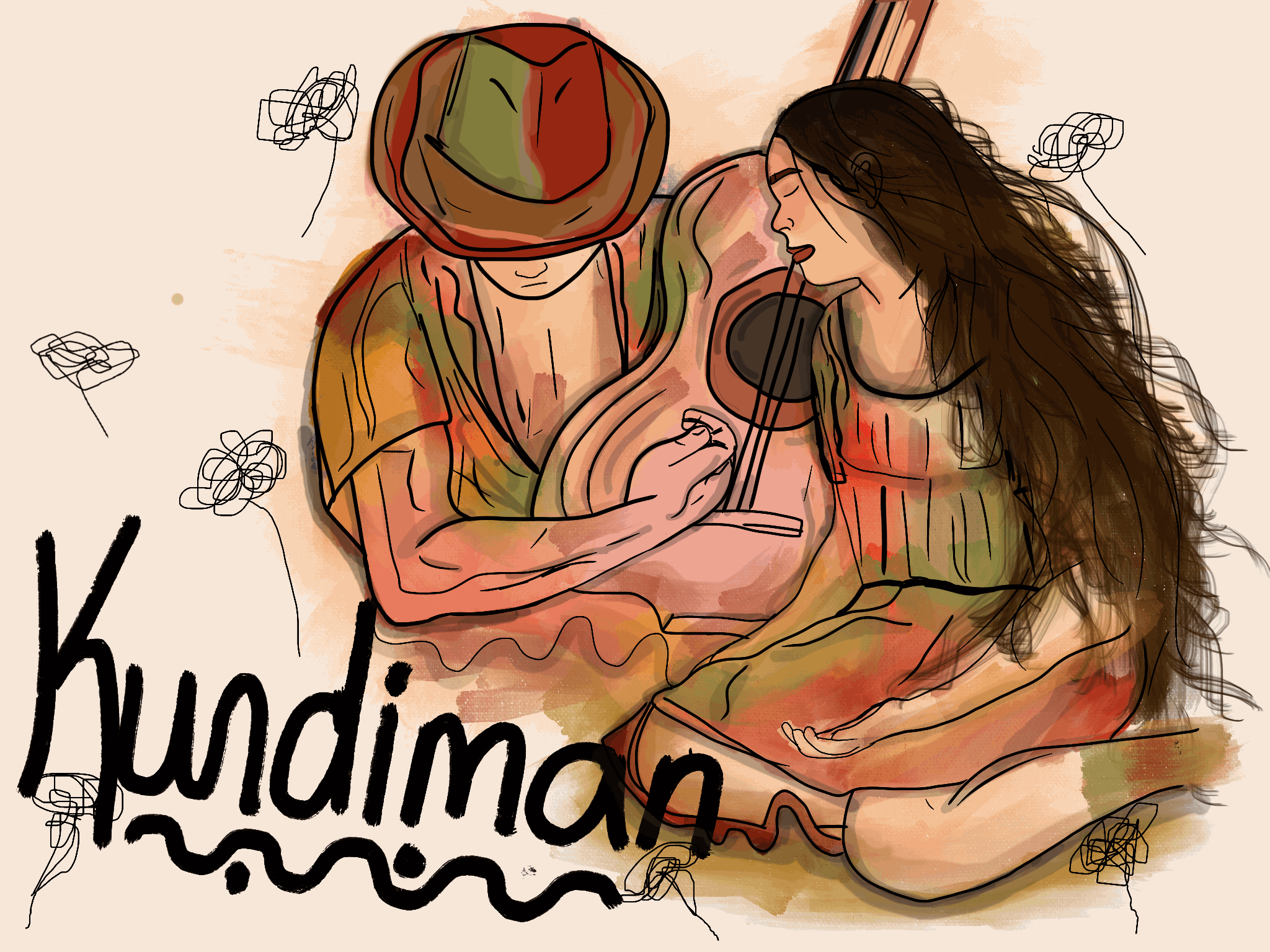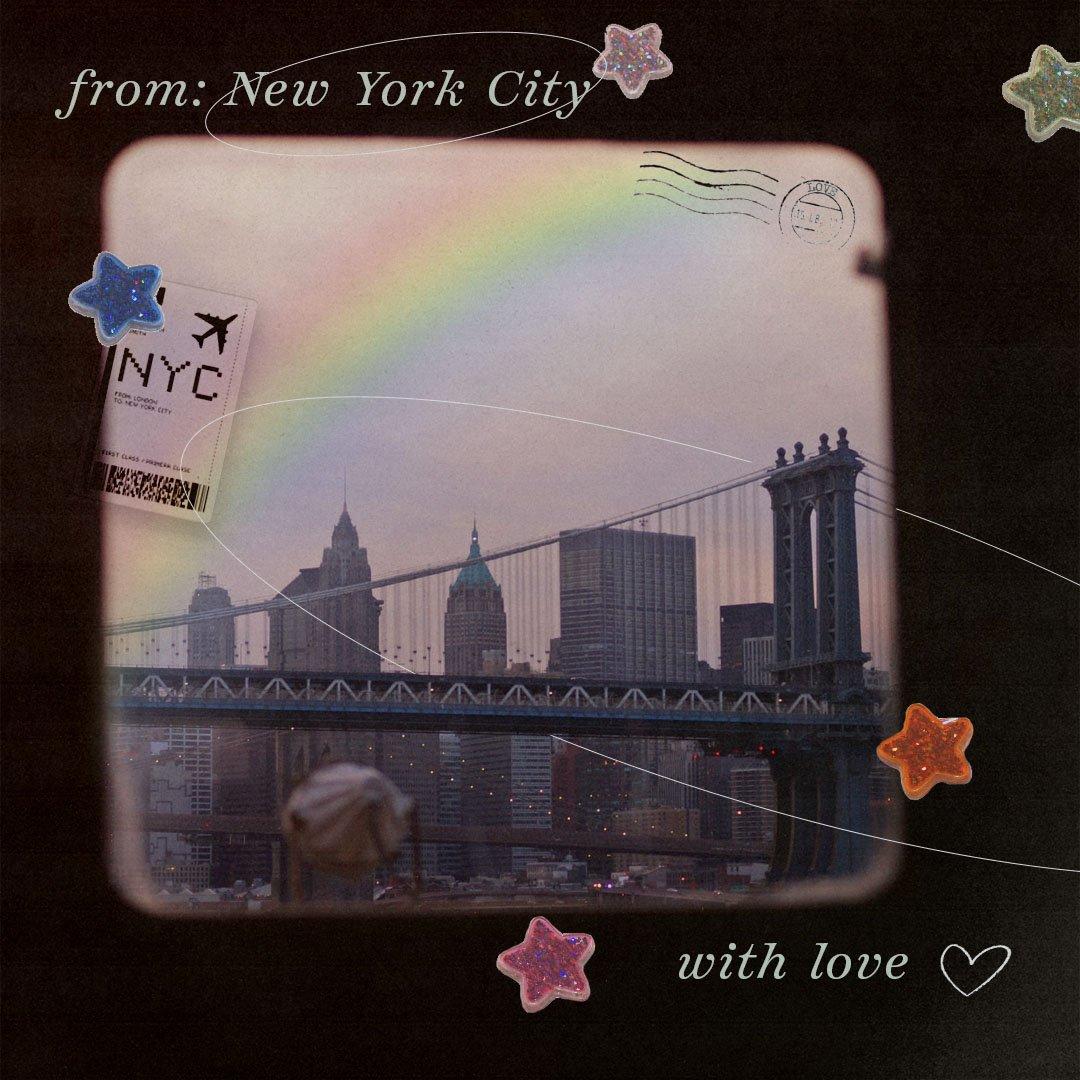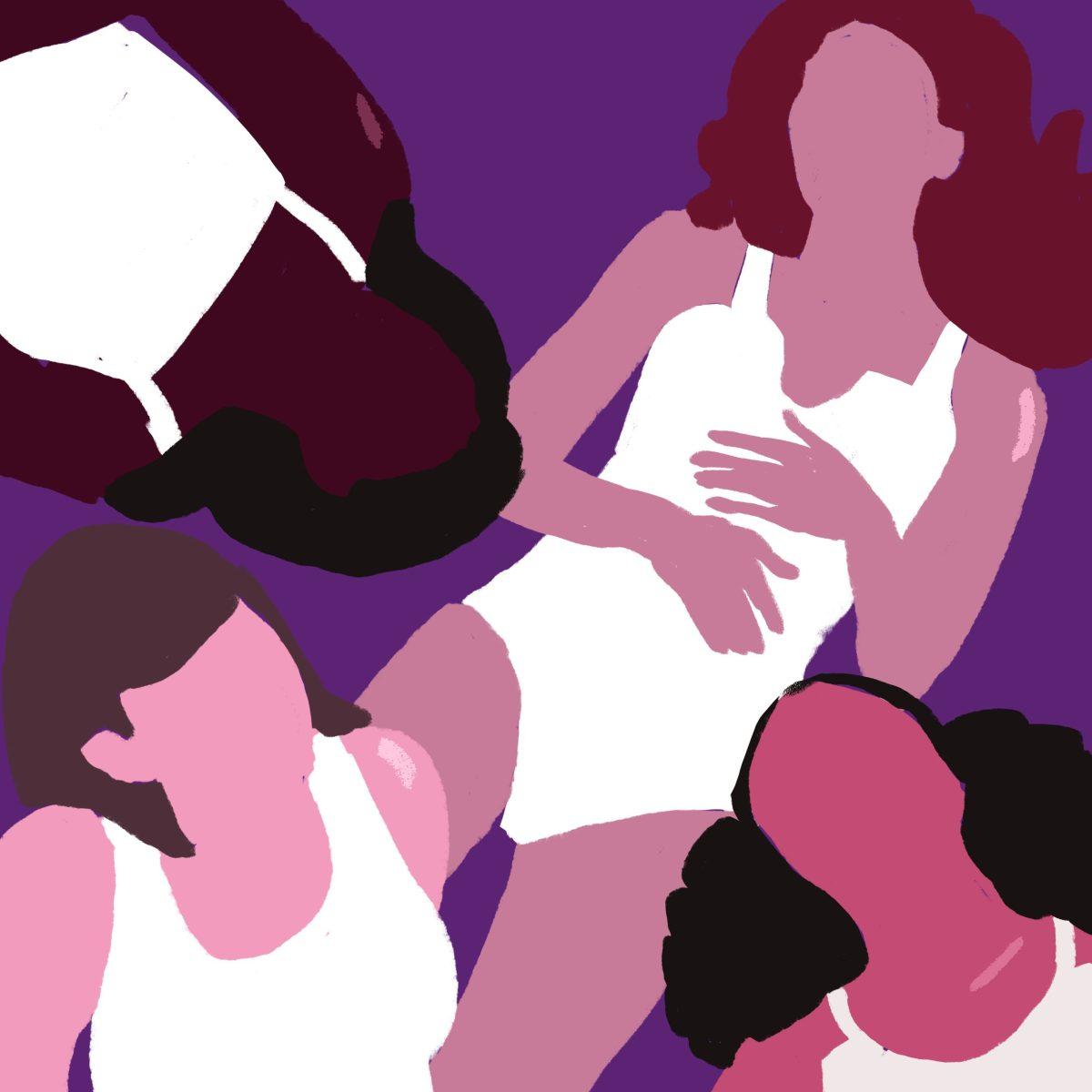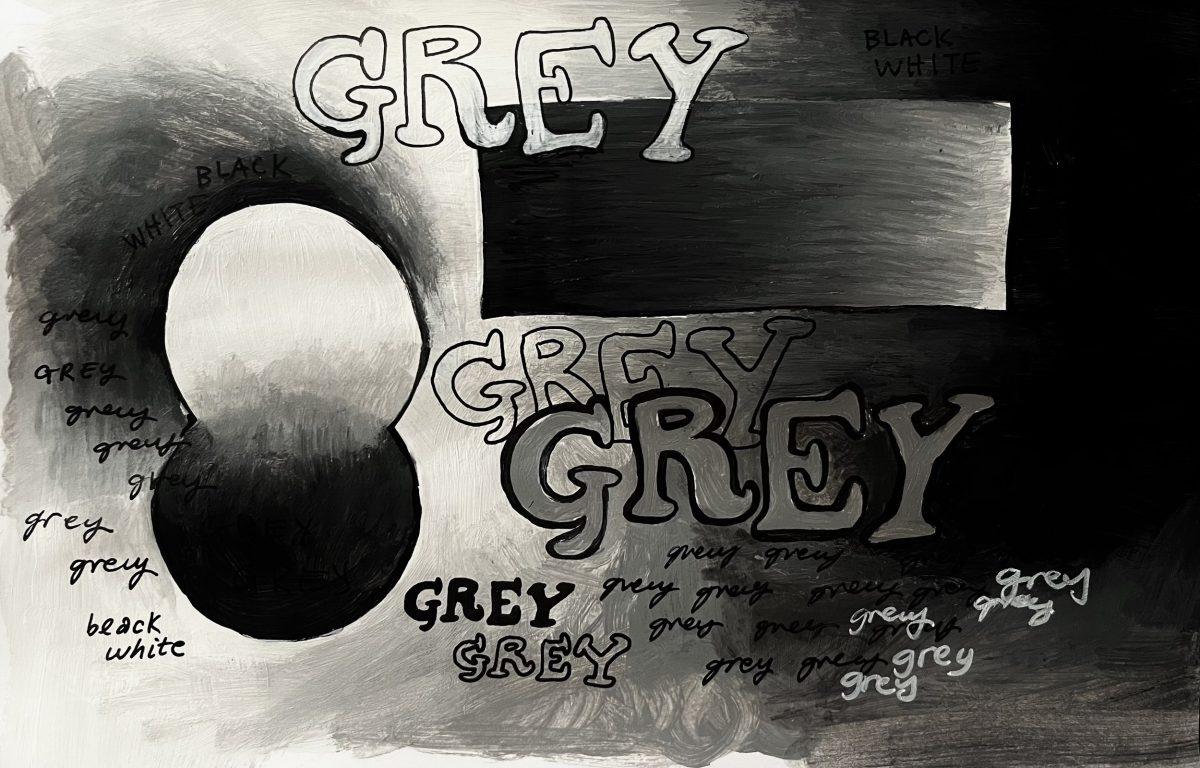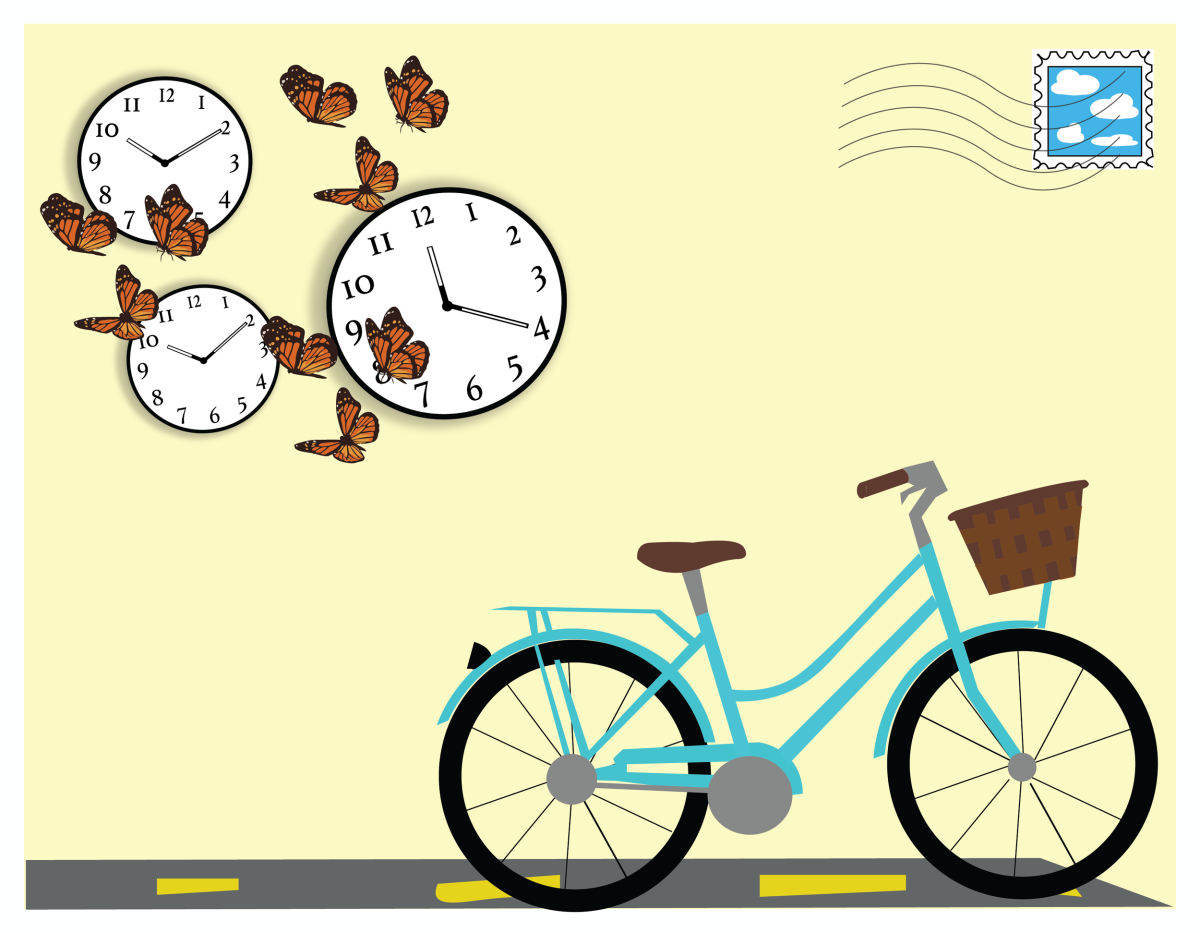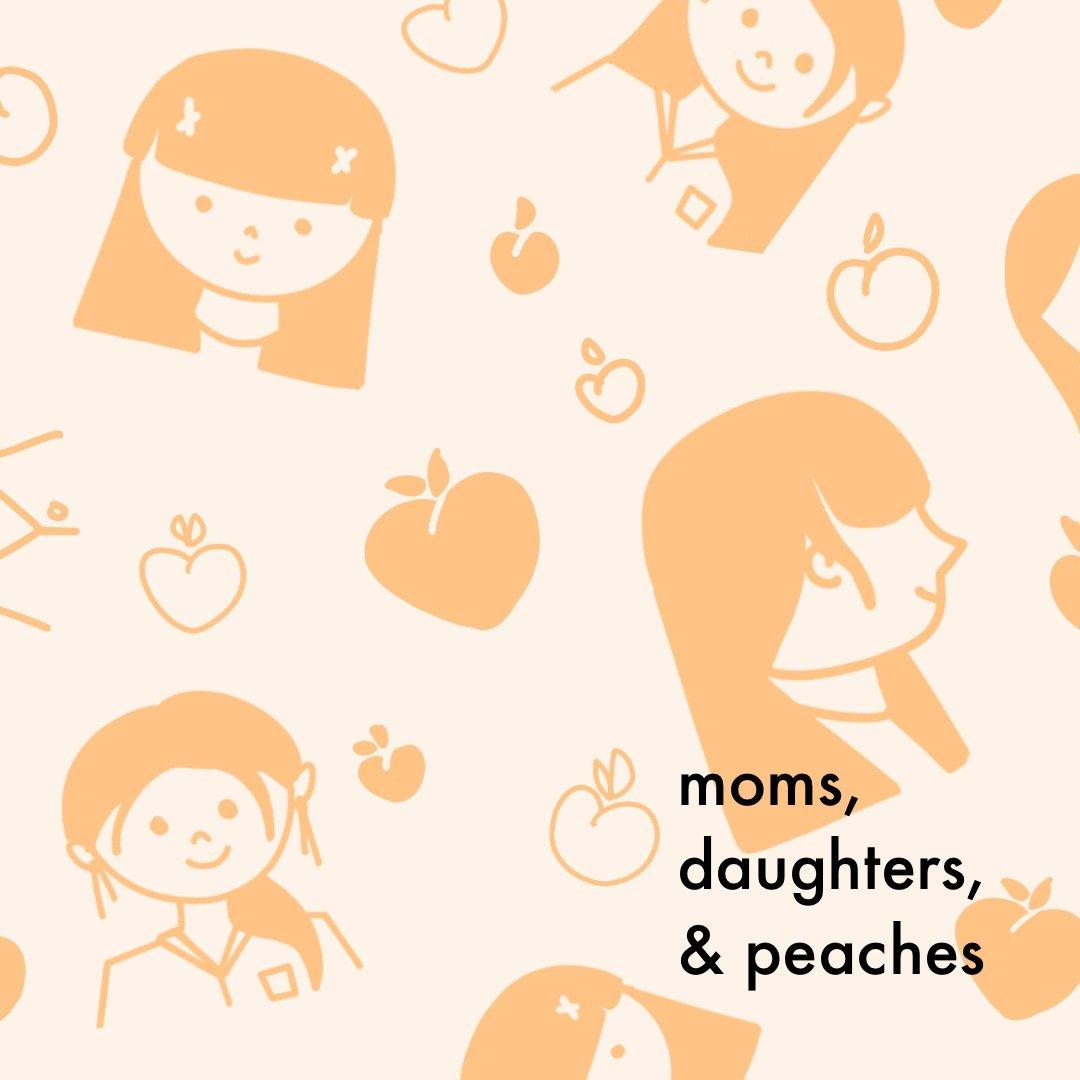Story by Shaina Jaramillo // she/her // @s__jaramillo
Graphic by Paris Eskew // she/her
“Sarung Banggi” was one of my mother’s favorites, it was a popular Kundiman song from Bicol, a region in the Philippines where my mom is from. “Sarung banggi sa higdaan nakadangog ako nin huni nin sarong gamgam,” my mom would sing throughout the house. I remember the catchy melody of the song that stayed in my head for days. Like “Sarung Banggi,” I would hear my mom hum or sing other Filipino folk songs during my childhood but I never paid much attention to what these songs were and what they meant. During my childhood, I tended to stray away from my culture and roots. Comments from my peers questioning where I’m from, commenting on my eyes and being disgusted by the food I would bring for lunch made me feel that embracing my culture was “un-American.”
For the longest time, I was never proud of being Filipino. I constantly became self-conscious of how “different” I looked and would criticize my nose, eyes and other features that didn’t match a typical “American” face.
It wasn’t until high school that I started to accept myself and my culture. I became more knowledgeable and aware of how wrong I was treated, as well as how trying to “fit in”wouldn’t change how I was viewed. I learned to stop playing along with the “Asian jokes” friends would make about me. I learned to love my features and felt proud of my heritage.. But the many years I separated myself from my culture came with a cost.
I paid the cost of my native tongue when my kindergarten classmates made fun of me for speaking a language whose words they found funny. The language that I have forgotten created a barrier between myself and my family in the Philippines, costing me the close connection to them and my motherland. My eyes, that mom adored so much to the point of naming them “Jericho eyes” after her favorite Filipino actor, were mocked and called slits. The racist gestures and words associated with my eyes cost me my pride and confidence in my features. The day I told my mom to stop making me lunch because my classmates called it gross cost my mother’s smile and satisfaction in her cooking. And when I tossed my culture aside to “fit in,” it was at the expense of my knowledge and identity.
The loss of such an integral piece of myself filled me with grief, longing for the cultural connection I failed to nourish. The knowledge that I was at fault for severing the ties to my roots lit a fire within me to establish new ones and relearn everything I had lost.
Filipino folk music became a starting point for me when a music podcast my sister listens to played Kundiman songs. The traditional music, centered around love and made up of mainly acoustic guitar and clear vocals, brought nostalgia that highlighted a withering link to my culture that I had forgotten was there.
Each strum of the guitar was influenced by the Spanish style, but also a sense of love, longing and pride. Hearing Kundiman music again, now fully attentive to my culture, I was filled with emotions as the melody relayed the artist’s story of passion and heartache. Not being able to understand Tagalog did not matter, as I still felt I was able to understand the meaning of the music.
With a renewed connection to my culture, I began to obsess over learning more and researching other artists, leading me to investigate the history and meaning of Kundiman music and discover the power it holds.
Kundiman music, named after the phrase “kung hindi man,” meaning “if it were not so” or “if not,” came about in the early 19th century as a form of love songs men used to serenade the women they wanted to court. This expression of love evolved into nationalism and heroism with famed novelist, Dr. Jose Rizal, who wrote lyrics that described the oppression of the Filipino people by Spanish rule. It also evolved into songs that “evoke intense longing, caring, devotion, and oneness not only with a romantic partner, but also with a parent, child, a spiritual figure, the motherland, or an ideal or cause,” as Felipe M. De Leon Jr. explains in his essay, “But What Really is Kundiman?”
Quiliano Niñeza Anderson wrote in “Kundiman Love Songs From the Philippines: Their Development From Folksong to Art Song and an Examination of Representative Repertoire,” that Kundiman music was a “tool that would ultimately unite Filipino revolutionaries to wage war against the Spaniards.” Kundiman songs conveyed the struggle and difficulties Filipino people faced with not only subjugation under Spanish rule, but also poverty, death and anger. These songs were a force that connected the Filipino people to their collective experience.
For me, the music became another aspect of my culture I could be proud of and reopened the door to bonding with my mom. It was that forgotten memory that created conversation with my family and brought up stories of my culture and experiences they had been through. It was a small domino that led to a chain reaction of learning and discovering different aspects of, not only Kundiman music, but the language, dance, art and history of my culture as well. It’s music that surrounds love for family, friends, and culture and became a symbol of union and patriotism for Filipinos. The evolution of Kundiman music, and the power it had to unite Filipinos against Spanish rule, ultimately became my symbol and my evolution to rebel against assimilation, take back what I had lost, and recapture the love for my culture.




